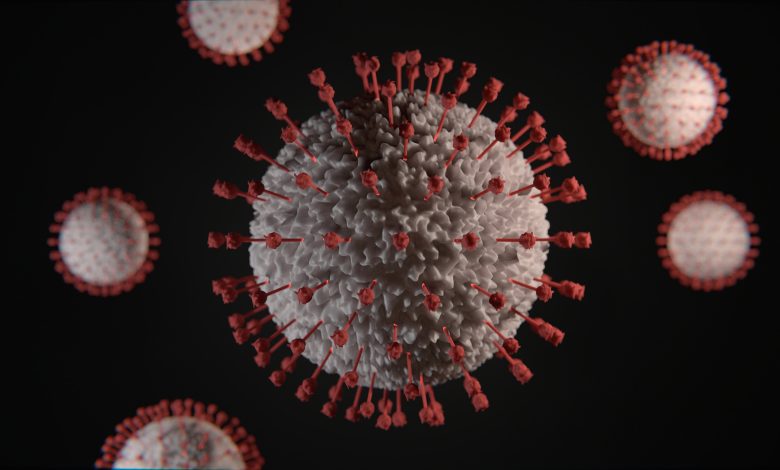
Carpets are a common fixture in many homes, offering warmth and comfort underfoot. But beneath this cosy surface lies a hidden world teeming with microscopic life. Understanding the diverse range of microbes that call our carpets home is crucial for maintaining a healthy living environment. Get to know the various microbes residing in our carpets and their impact on our daily lives.
Bacteria in Carpets
Carpets can be a hotbed for bacteria, microscopic organisms that thrive in various environments, including the fibres of your living room rug. Common household bacteria like Staphylococcus and E. coli often find their way into our carpets through everyday activities.
Shoes often carry in soil and debris from outside, and these materials are often teeming with bacteria. When food is spilled on the carpet, it can provide the necessary nutrients that allow these bacteria to flourish. Pets even contribute to this mix by bringing in bacteria from the outdoors through their fur and paws.
The warm and often humid environment of carpets provides an ideal breeding ground for these bacteria. While most are harmless, some can pose health risks, particularly to those with allergies or compromised immune systems. Staphylococcus, for example, is commonly found on the skin but can cause infections if it enters the body through cuts or wounds. E. coli, known for its presence in the digestive tracts of humans and animals, can lead to severe stomach ailments if ingested.
It’s not all doom and gloom, though. According to Chemdry Fingal, eegular vacuuming and prompt cleaning of spills can significantly reduce the bacterial load in carpets. However, it’s worth noting that not all vacuum cleaners are equal in their effectiveness against bacteria. Opting for a vacuum cleaner that includes a HEPA filter can effectively trap smaller particles, reducing the likelihood of them being dispersed back into the air while vacuuming.
Fungi and Moulds
Fungi and moulds are other common residents in our carpets. These organisms prefer moist environments, making damp carpets a perfect habitat. Moulds are particularly concerning because they can release spores into the air, which, when inhaled, can irritate the respiratory system. This is especially problematic for individuals with asthma or other lung conditions.
The key to preventing mould growth in carpets is controlling moisture. This can be challenging in places where damp conditions are not uncommon. Ensuring good ventilation, using a dehumidifier, and addressing any leaks or spills promptly are essential steps. Regular carpet cleaning can also keep mould at bay. It’s also advisable to avoid laying carpets in areas prone to moisture, like bathrooms or basements.
Dust Mites
While invisible to the naked eye, dust mites are ever-present in household dust, particularly in carpets. These tiny creatures feed on the skin cells we shed daily, thriving in the warm, fibrous environment of a carpet. For many, dust mites are harmless, but for those with allergies, they can be a significant trigger. Dust mite allergens can cause symptoms ranging from sneezing and itchy eyes to more severe asthma attacks.
Reducing the presence of dust mites in carpets requires regular and thorough cleaning. Vacuuming at least once a week with a HEPA-filtered vacuum cleaner is a good start. Washing rugs and mats at high temperatures can also help, as can using anti-allergen sprays designed to neutralise dust mite allergens. For households with severe allergy sufferers, replacing carpets with hard flooring may be the most effective solution, though this isn’t always feasible or desirable.
Viruses and Carpet Contamination
Viruses can also find their way into our carpets. Common viruses, such as those causing the flu or the common cold, can be transferred to carpets through droplets from sneezing or coughing, or by contact with contaminated hands or objects. While viruses typically don’t survive long on surfaces like carpet fibres, some can remain infectious for hours or even days.
The longevity of viruses on carpets depends on factors like the type of virus, temperature, and humidity. Regular cleaning and disinfecting of high-touch surfaces can help in reducing the risk of virus transmission. When it comes to carpets, steam cleaning can be particularly effective, as the high temperature can kill most viruses. And during times of heightened viral outbreaks, such as the flu season, increasing the frequency of carpet cleaning can further mitigate the risk.
One key aspect to consider is the balance between cleanliness and overexposure to cleaning chemicals. While it’s vital to keep carpets clean to reduce viral load, overuse of harsh chemicals can lead to indoor air quality issues. Opting for eco-friendly or natural disinfectants can be a safer choice, especially in homes with children, pets, or individuals with chemical sensitivities.
Your Role in Carpet Hygiene
While carpets add comfort and style to our homes, they can also harbour a variety of microbes. Understanding the types of microbes present in carpets and the conditions that encourage their growth is crucial for maintaining a healthy living environment. Following the practical steps outlined above brings you a step closer towards reducing the microbial load in your carpets, ensuring a cleaner, healthier home.



